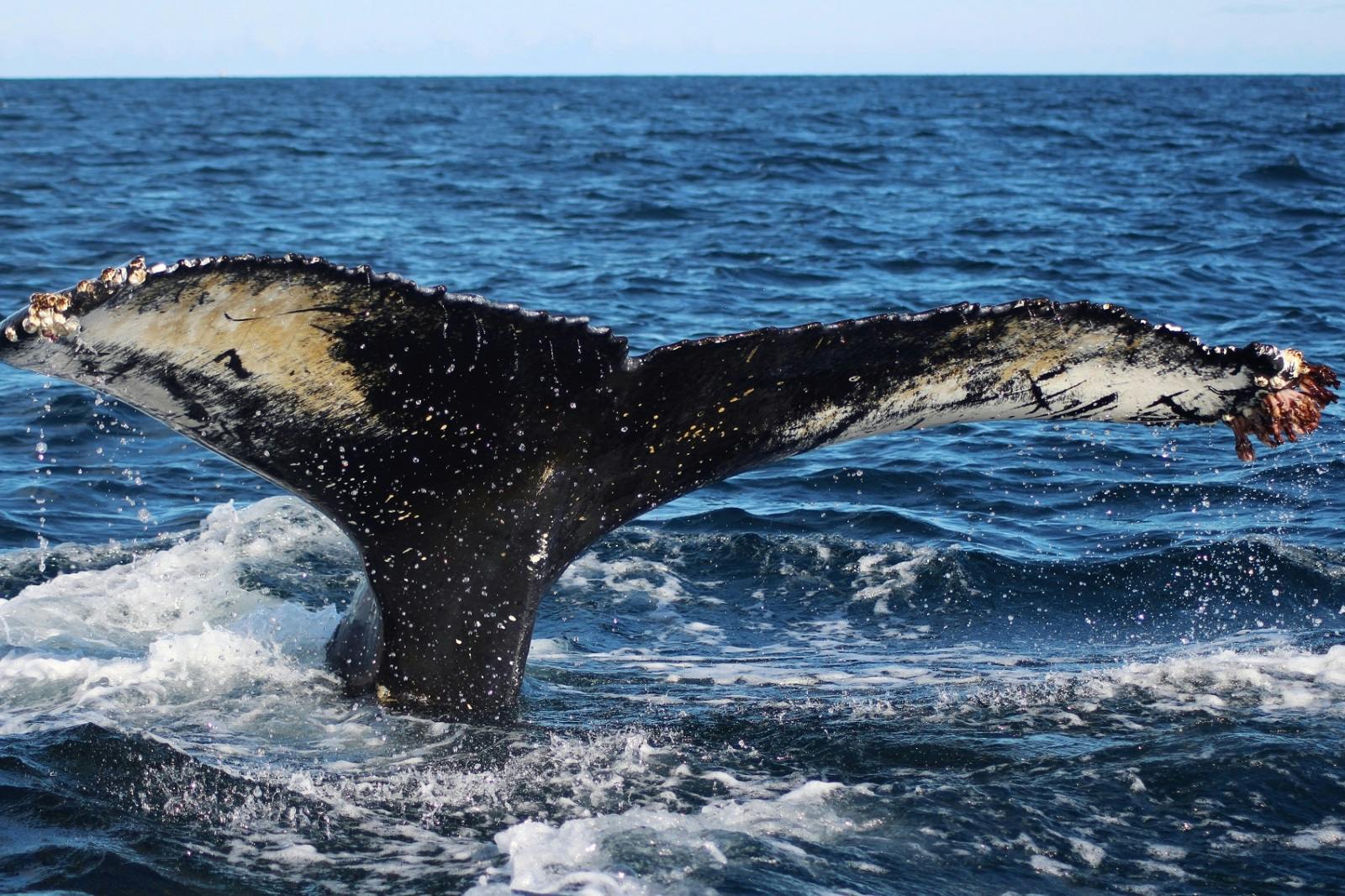The Best Places for Spotting Marine Life in Nordic Country
Northern European waters, with their astonishing fjords and open blue seas, remain a well-kept secret among whale-watching enthusiasts. Other cetaceans, like dolphins and porpoises, call Scotland home while resident pods of killer whales feed off the coast of Norway. And in Ireland and Iceland, wildlife lovers marvel at humpback, minke and sperm whales. This abundance of wildlife makes Nordic country a top destination for nature lovers.
As the education coordinator at ORCA, a charity dedicated to protecting and studying whales, dolphins and porpoises in European waters, Anna Bunney has devoted her life to advancing the limited scientific knowledge about cetaceans. “I love the fact that no day at sea watching and surveying for whales is the same,” she says. “As soon as I see the whale blow erupting out of the water, or the splash of a pod of dolphins approaching the ship, I get butterflies.”
Bunney traveled with Silversea as part of an ORCA team gathering data about the conservation of Europe’s whales for the organization’s report series called “The State of European Cetaceans.” The documents bring together 17 years of data collection about the distribution and range of whales, dolphins and porpoises in European seas.
“Many people think that they need to fly to Canada or Australia to have memorable encounters,” says James Robbins, the science officer at ORCA who led the data analysis of the report. “But Europe has some incredible opportunities to see whales and other marine mammals.”
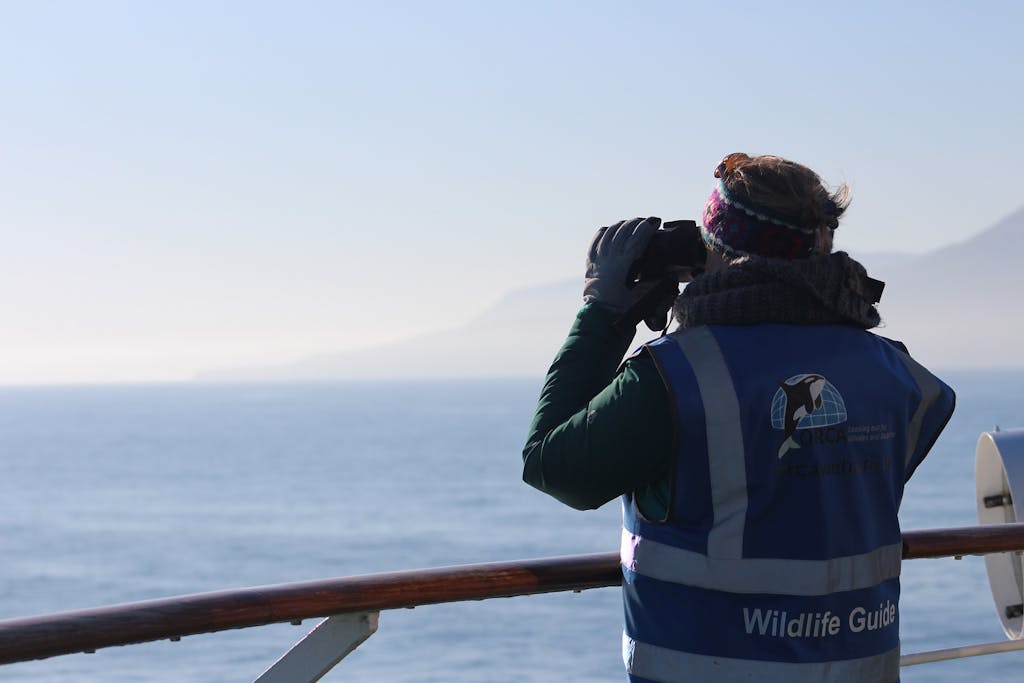
Surrounded by humpbacks in majestic Iceland
Straddling the Eurasian and North American tectonic plates, the incomparable geography of Iceland provides a breathtaking backdrop for spotting humpback whales and other marine mammals.
Bunney recalls a recent sighting aboard Silver Wind, around Ísafjörður. “It was early morning, and as the sun rose, we suddenly started to see whale blows with the magical background of snow-capped mountains in the distance” as humpback whales suddenly surrounded the whole ship, all showcasing different behaviors. Some put on a show by leaping out of the water and slapping the waves with their pectoral fins and tails. “It was an explosion of life. The encounter lasted almost all the way into port, where we finally had a chance to take a breath once we were docked,” she says.
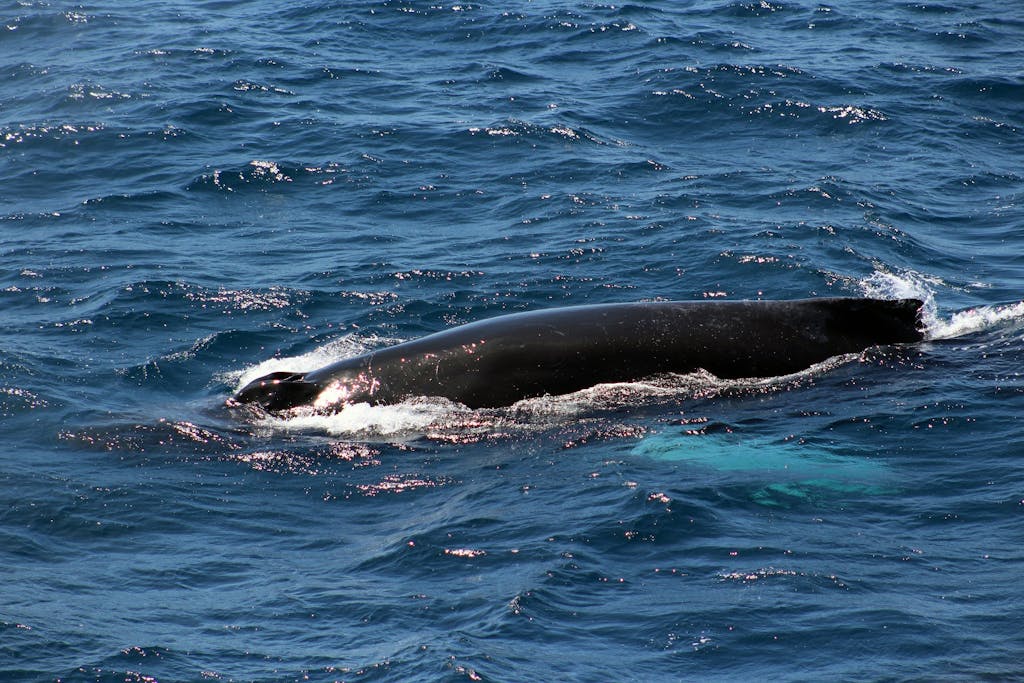
While scientists have recorded some individual humpbacks living around Iceland year-round, high season for spotting them is summertime, when these gentle giants migrate 3,100 miles (5000 kilometers) north from their breeding grounds in the Caribbean to feed on plankton in the food-rich waters of the North Atlantic. “The waters around Iceland and the fjords are rich with humpback, minke and blue whales that migrate up to take advantage of the abundance of prey species in the summer months,” Robbins explains. Over three days around Iceland, ORCA staff recorded an impressive tally of 136 marine mammal sightings while traveling with Silversea.
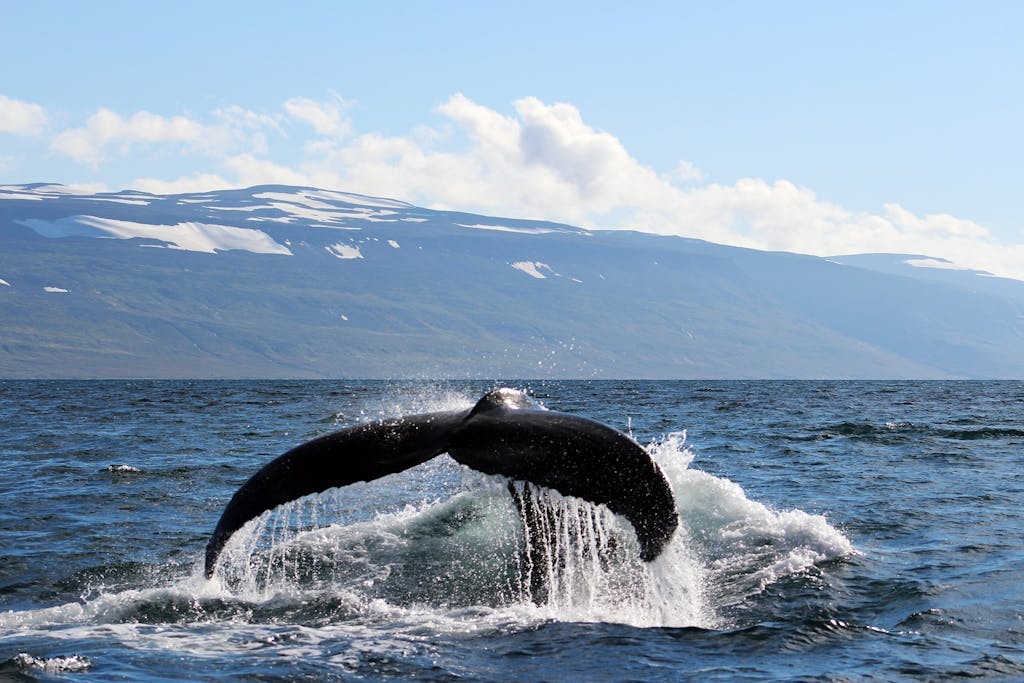
Norway is among the best places for spotting orcas in Northern Europe
Known for its remarkable fjords and imposing glaciers, Norway is a particularly perfect habitat for cetaceans, including the orcas and humpback whales that appear from October through January. Orcas (also called killer whales) are drawn to the Nordic country thanks to its abundant populations of salmon, herring and mackerel.
“Killer whales are split into several different types, some of which feed on fish, and others that hunt marine mammals such as seals and other cetaceans,” Robbins says. One killer whale pod in Norway is famous among scientists for its carousel feeding technique. First, the group herds a school of herring into a circle. Then, most of the whales swim around the herring to keep them from escaping while one or two orcas swim into the herring and smack them with their tails, stunning the herring. The killer whales alternate roles eating and guarding the herring until each has had enough.
ORCA’s report found that European whales, including orcas, continue to be threatened by marine pollution. The scientists found that polychlorinated biphenyls (PCBs), an industrial pollutant, are still harming the reproduction of killer whales and dolphins. The chemicals were banned more than 40 years ago, but the report says that some European seas are considered “PCB global hotspots.”

Bottlenose dolphins thrive in Scotland
Scotland is another excellent place for whale watching in Northern Europe. Minke whales and bottlenose dolphins can be spotted — the season runs from March through September — from aboard Silver Wind, Silver Spirit, Silver Dawn and Silver Endeavour. The gray and white Scottish bottlenose dolphins are larger than their tropical cousins and live in pods as large as 30 individuals.
“Some of the Northern Europe dolphins are a bit more special, as we have several resident pods notably of killer whales and bottlenose dolphins,” says Robbins. “The bottlenose dolphins seen off the coast of Scotland are some of the largest in the world, measuring up to 4 meters (13 feet). “The waters around the Hebrides, an island chain stretching along the Western coast of Scotland, are particularly rich with wildlife, including minke whales and the occasional humpback whale. Sperm whales, which can grow up to 12 meters (39 feet) long, have also been found feeding in the deeper waters to the west of the islands.
Using citizen scientist data collected from different voyages, ORCA found in its State of European Cetaceans report that the coast near Aberdeen in Nordic country is also an important area for harbor porpoises, one of the smallest marine mammals. The environmental organization found that the North Sea has one of the highest population densities for the cetacean and that the harbor porpoise has expanded its range from the North Sea into the English Channel and Northern France.
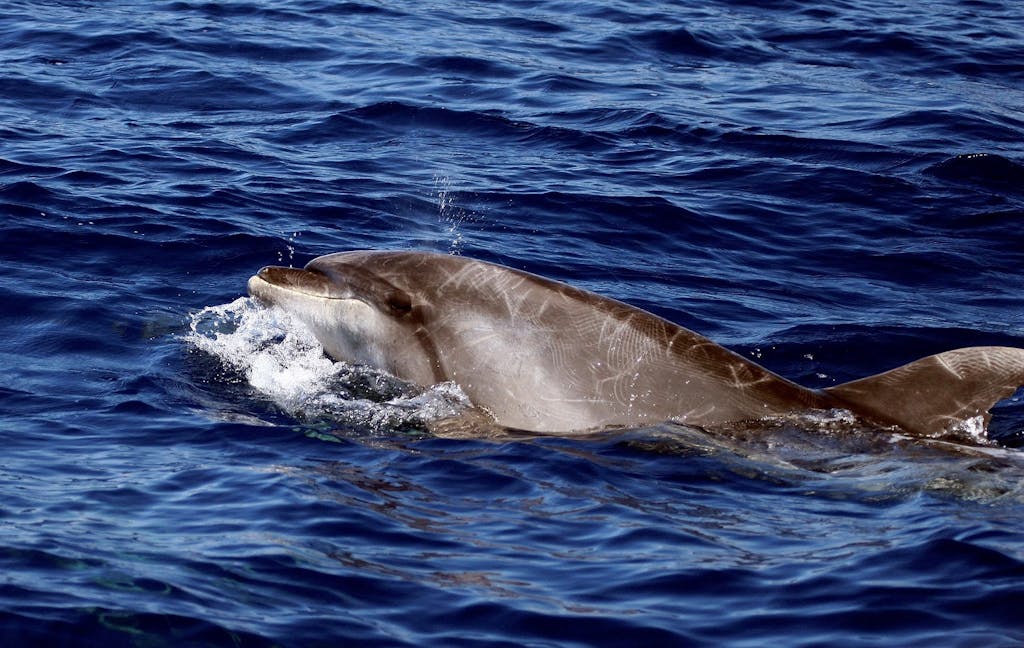
The joys of spotting marine life
No matter where in the world Bunney is, it’s the consistently joyful reactions from guests when they see a whale or dolphin that is the best part of her job. “You get whoops and cheers as if watching fireworks, and the atmosphere out on deck is incredible,” she says. “Sometimes it becomes silent as everyone is anticipating if, where and when the whale is going to come up to exhale again. At other times, it’s so noisy on deck with all of the cheering — mainly when dolphins are attracted to the ship and start bow riding.”
After this show from Mother Nature, everyone begins comparing notes on what and how many animals they saw, including the distinguishing features that are instrumental in identifying the species. With so many distinct types of whales swimming European waters at any given time, Bunney is passionate about educating amateur whale aficionados about the differences between all of these species.
Whale-watching expeditions are, for her, an opportunity to inspire citizen scientists to become part of the conservation process and contribute to broader conservation efforts. Since scientists see the state of whales as a great indicator of the ocean’s health, getting close to different cetacean species helps the most adventurous traveler take their own dive beneath the waves.
Ready to see the whales and dolphins of Nordic country for yourself? Silversea’s Northern Europe & British Isles itineraries can take you there.
